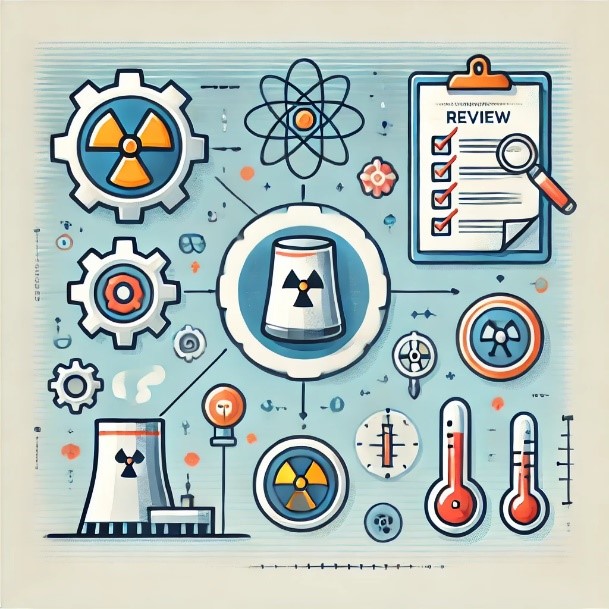Technology, License Class, and Regulatory Approach

The NRC staff asks prospective applicants to identify the:
- Specific reactor technology
- License class
- Regulatory approach (i.e., use of the Part 50, Part 52, or Part 53 regulations) that could be applied in licensing the proposed reactor design.
Reactor technologies that use non-radioactive water (i.e., light water) to cool the nuclear fuel have been the dominant technology for the past 70 years. Many new reactor designs being proposed to the NRC instead use other coolants such as high-temperature gas or liquid salt. Identifying the coolant technology determines which NRC staff will interact with an applicant, as well as the regulations that apply to a future application. When applicants identify reactor technology, the NRC staff can provide appropriate detail in feedback in technical discussions and reviews and offer accurate scheduling for future reviews.
Additionally, the identification of the license class is important because it specifies the regulations that will be applicable to the facility. Class 103 licenses are for commercial facilities and Class 104(c) licenses are for research and development facilities. Section 104(c) of the Atomic Energy Act of 1954, as amended, states that,
The Commission is directed to impose only such minimum amount of regulation of the licensee as the Commission finds will permit the Commission to fulfill its obligations under this Act to promote the common defense and security and to protect the health and safety of the public and will permit the conduct of widespread and diverse research and development.
Therefore, class 104(c) licenses receive fewer regulatory requirements than class 103 licenses, but strict criteria must be met to obtain a class 104(c) license.
Finally, the identification of the possible regulatory approach (i.e., the 10 CFR Part 50, 52, or 53 set of regulations) used to license the reactor will help focus the NRC’s approach during the initial and pre-application discussions. Each set of regulations has its own set of preliminary requirements, and the early identification of the approach promotes proper resource allocation for the forthcoming reviews.
Page Last Reviewed/Updated Wednesday, April 09, 2025
Page Last Reviewed/Updated Wednesday, April 09, 2025

